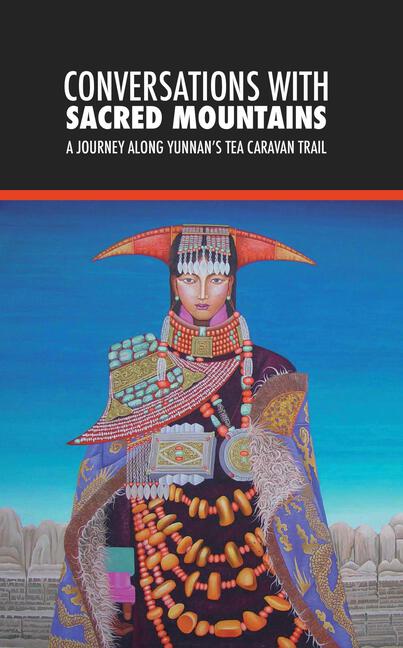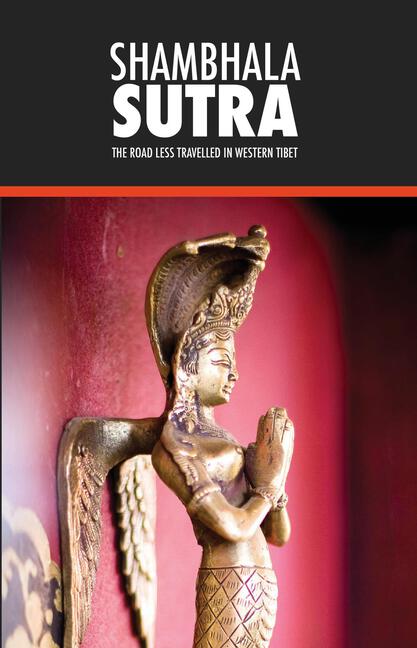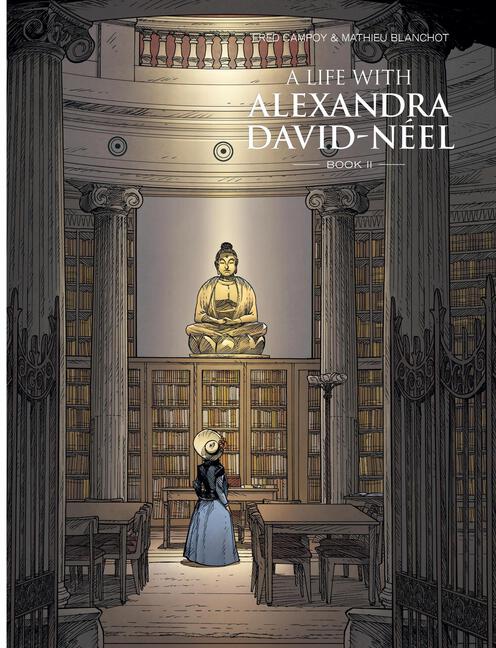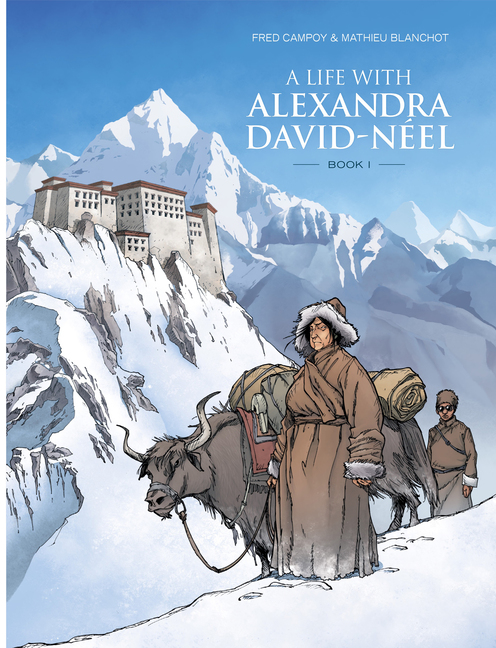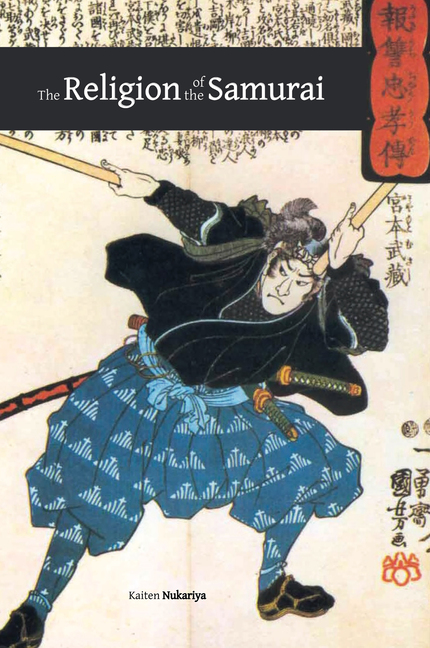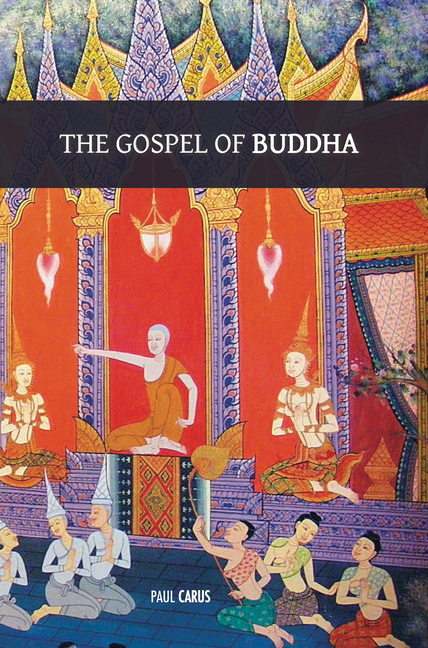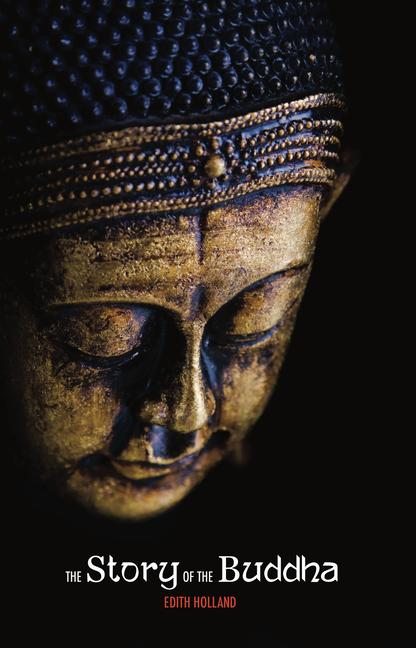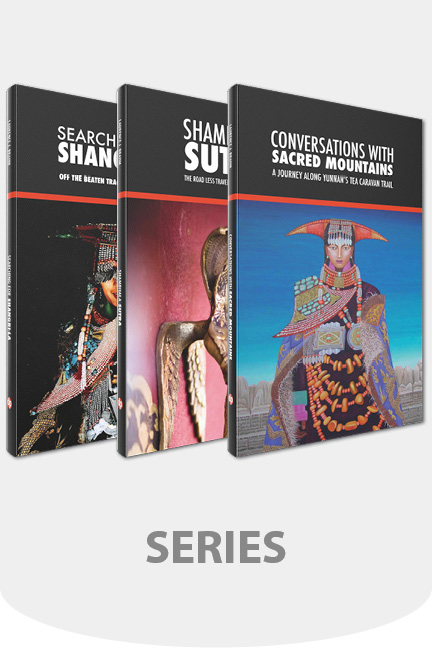15 Aug The Himalayan Notes
Deep down inside, we all know our planet is not sustainable the way it is being run. We need a new economic approach that embraces our environment, with new measures of success – both national and personal, that seeks balance between the material and spiritual. In Himalayan Notes we journey to the heart of ourselves to ask a hard question: is there another way? Ancient Tibetan sutras predicted that we are now in the Age of Kali, the age of destruction, a time when short-sighted human greed results in cycles of war, poverty, and environmental destruction. In the end we all suffer. Nobody benefits. However, these types of sutras also teach that we can avoid self-destruction.
In the first book of the Himalayan Notes series, Searching for Shangri-la, we meet a unique group of artists, dancers, musicians, lamas, monks and nomads who together are calling for protection of our environment, by getting back to values of culture and spirituality rather than materialism. Among them are: one of Asia’s greatest composers ethnic Mongolian San Bao, legendary dancer and choreographer and ethnic Bai, Yang Liping, new age music singer Dadawa, ethnic fashion designer diva Flora Cheong-leen, rock star Kaiser Kuo, pop singer Ai Jing, together with Tibetan artist An Sang, art curator Cheng Xingdong, and a host of lamas, monks, environmentalists and nomads, all calling for a new set of values for sustainable living on a planet of diminishing resources. Together these individuals each in their own way draw upon rich sources of Himalayan values drawn from holistic philosophies of Buddhism, ethnic traditions, music, dance, art, living as a part of nature, not apart from it. Each individual story emphasizes community over individual, greater social benefit over self, and the importance of helping those less fortunate than we are.
It took me many journeys to understand the meaning of Shambhala. Shambhala Sutra, the second book of the Himalayan Notes series, presents my 2004 expedition across western Tibet’s Ngari region, when I went searching for the mythical kingdom of Shambhala, thinking it might be a physical place. Using an ancient sutra written by the Panchen Lama over two centuries ago as a metaphorical guidebook, he traces a route embedded with riddles through deserts and mountains. Eventually the expedition arrives at the lost kingdom of Guge, now abandoned and in ruins due to an epic war and desertification of once rich pasturel. The discovery is not that Guge is Shambhala. On the contrary, lessons learned from this journey (as told in the sutra as a prophesy) are that short sighted greed, war and failure to protect our environment will cause kingdoms and empires to vanish. Mankind’s future depends on assuring a sustainable planet through more holistic economics, empowering communities and people, and preservation of our environment. These are the messages hidden in the Shambhala Sutra.
In this third book of the Himalayan Notes series, Conversations with Sacred Mountains, I embark on the ancient Tea Caravan Trail in Yunnan, China. This journey takes us across Kunming, Dali, Lijiang, Lugu Lake, Zhongdian, and Kawagebo. In these cities that have been developed into popular tourist spots, we learn about the waning cultures of the ethnic minorities such as the Bai, the Dai, the Yi, the Naxi and the Mosu. We meet various individuals, including the famous Chinese dancer Yang Liping, who fight hard against the onslaught of modern development to preserve their ethnic cultures and identities. They share with us stories about the misty mountains that stand majestically in this land “South of the Clouds” and how they are sacred to all the ethnic minority groups that live in the regions.
Conversations With Sacred Mountains
In Conversations with Sacred Mountains, Laurence Brahm embarks on the ancient Tea Caravan ...
Shambhala Sutra
Shambhala Sutra, the second volume of the Himalayan Notes series, presents Laurence Brahm'...
Searching for Shangri-la
In Searching for Shangri-la, we meet a unique group of artists, calling for a new set of v...
A Life With Alexandra David-Néel • II
As Alexandra David-Néel enters a long and serene agony, watched over by Marie-Madeleine, ...
A Life With Alexandra David-Néel • I
10 years of collaboration and relationship between Alexandra David-Néel and Marie-Madelei...
The Religion of the Samurai
It is in this world that Zen finds the Divine Light it worships. It is in this phenomenal ...
The Gospel of Buddha
The Gospel of Buddha tells the story of the Buddha through parables and brings to light th...
The Story of The Buddha
This story tells the life of Siddhartha, founder of the Buddhist faith. Siddhartha eschewe...
The Himalayan Notes
In Brahm's Himalayan Notes, we journey to the heart of ourselves to ask a hard question: i...




